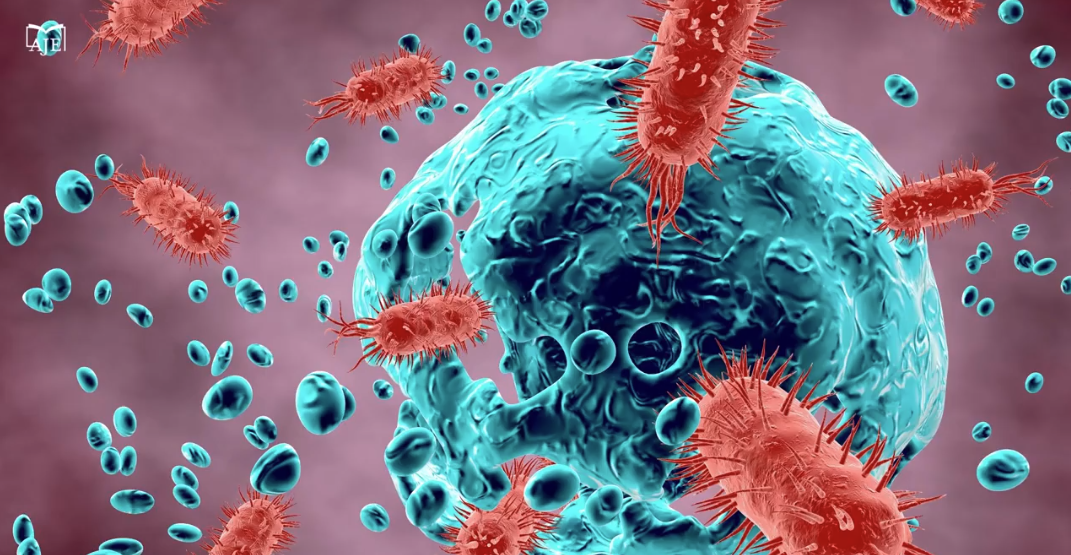
Submitted by Yan Pan on Tue, 04/03/2025 - 15:06
New research from scientists at the University of Cambridge reveals how ‘good’ gut bacteria help protect against Salmonella, a major cause of food poisoning.
The study, published recently in Microbiome, identified a new role for the commensal bacterium Enterocloster clostridioformis in protecting against Salmonella infection in germ-free mice.
Gastrointestinal infections are are a major cause of disease and death worldwide, among which non-typhoidal salmonellosis (NTS) is causing 93 million enteric infections and over 150,000 deaths each year.
In the backdrop of increasing drug resistance and worsening infection outcomes, Virginia Pedicord, Benjamin Beresford-Jones and researchers at the University of Cambridge found that one particular bacterial species, E. clostridioformis, could protect the host against bacterial pathogens like Salmonella by inducing protective responses in gut cells and increasing local anti-inflammatory immune cells in the gut.
The researchers monocolonized germ-free mice with mouse-derived commensal microbes to examine the microbiota’s ability to enhance resistance to Salmonella Typhimurium, a common cause of food poisoning. They found that E. clostridioformis induces a unique transcriptional response in caecal epithelial cells, upregulating resistin-like molecule β and pathways associated with cell cycle, and elicits an increase in the number of local regulatory T cells. These host effects lessened tissue pathology in infected mice and significantly prolonged their survival.
"These findings reveal new ways ‘good’ gut bacteria could protect the host against certain ‘bad’ bacteria and may guide the development of innovative treatments for these infections. They could also change how we understand other gut diseases, including inflammatory bowel disease and irritable bowel syndrome."
The research was partially funded by the Wellcome Trust, the Royal Society and the Rosetrees Trust.
The text in this work is licensed under a Creative Commons Attribution-NonCommercial-ShareAlike 4.0 International License. Images, including our videos, are Copyright ©University of Cambridge and licensors/contributors as identified. All rights reserved. We make our image and video content available in a number of ways that permit your use and sharing of our content under their respective Terms.

